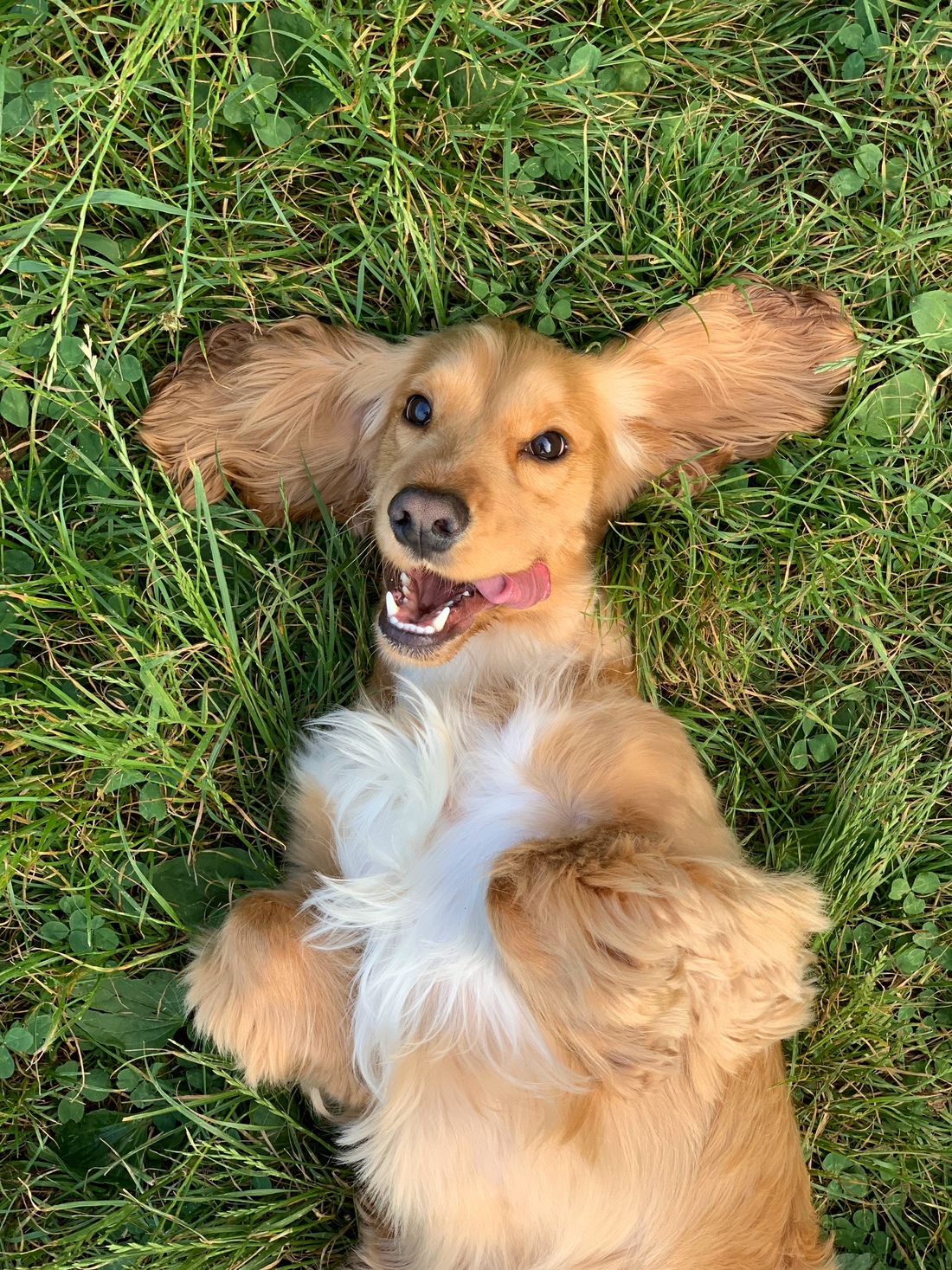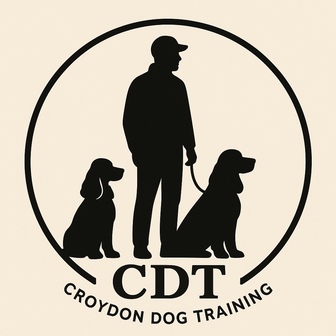
So often I hear of mis construed conceptions of what a dog is actually saying to us. 90% of a dogs communication is through body language rather than verbal (barking). I think that all pet owners should have a reliable course or carry out valuable research to understand what their pet dogs might actually be saying to them.
I remember many years ago when I first started out in rescue looking at a dog in a kennel who was marked as staff only. I couldn’t believe it. He was a small Jack Russell who had been in rescue for a number of years previous to me starting. He used to stand at the bars wagging his tail. I remember saying to the staff member at the time that he looked really happy to see me.
I soon learnt that this little chap was terrified of being touched or handled in anyway and had one of the biggest bite histories in the centre at the time, hence why he wore a lead permanently.
That’s when I learnt that there were various forms of a tail wag, and that the saying ‘a wagging tail means a happy dog’ is not always true.
If everyone who took on a pet dog had more knowledge of what the dog was communicating, I think there would be less attacks and dog bites reported within the United Kingdom.
In this blog I hope to help you understand a few of the different body language signals that a dog gives us in various scenarios.
A relaxed and neutral dog
Have you ever been on holiday and someone has said to you ‘you look so relaxed.’
It is the same with our dogs they have relaxed facial expressions, their ears hang relaxed and there is no tension in their facial expression. There eyes are soft.
Stress signals
Dogs can give off clear stress signals when they are uncomfortable with a situation or unsure about a situation. Some of these are;
· Ears drawn to the side and back
· Looking away or avoidance
· Tail held down
· Dilated pupils
· Flicks of the tongue.
Fear
· Tucked tail
· Paw lift
· Lowering of the body and head
· Ears flattened
· Showing the whites of their eyes
Friendly
· Tail at half mast (depending on breed, some dogs naturally have a tail that holds upright.)
· Body is relaxed and neutral
· Ears are not forced into any particular position
These are just a few examples of a small number of situations and types of body language that our dogs can show us but there are many more.
It is also important for us to think about each individual dog and the situation. Some dogs can offer body language that is different to others so it is also important to look at each dog and situation as an individual.
ABOUT THE CIRCLE
I am part of a fabulous blog circle with other dog trainers. Each blog in the circle links to the next so you can read what each of them has to say about body language.
The next in the circle is our friends at whistle and wag ; http://Www.whistleandwag.dog/dogs-body-language-and-us


